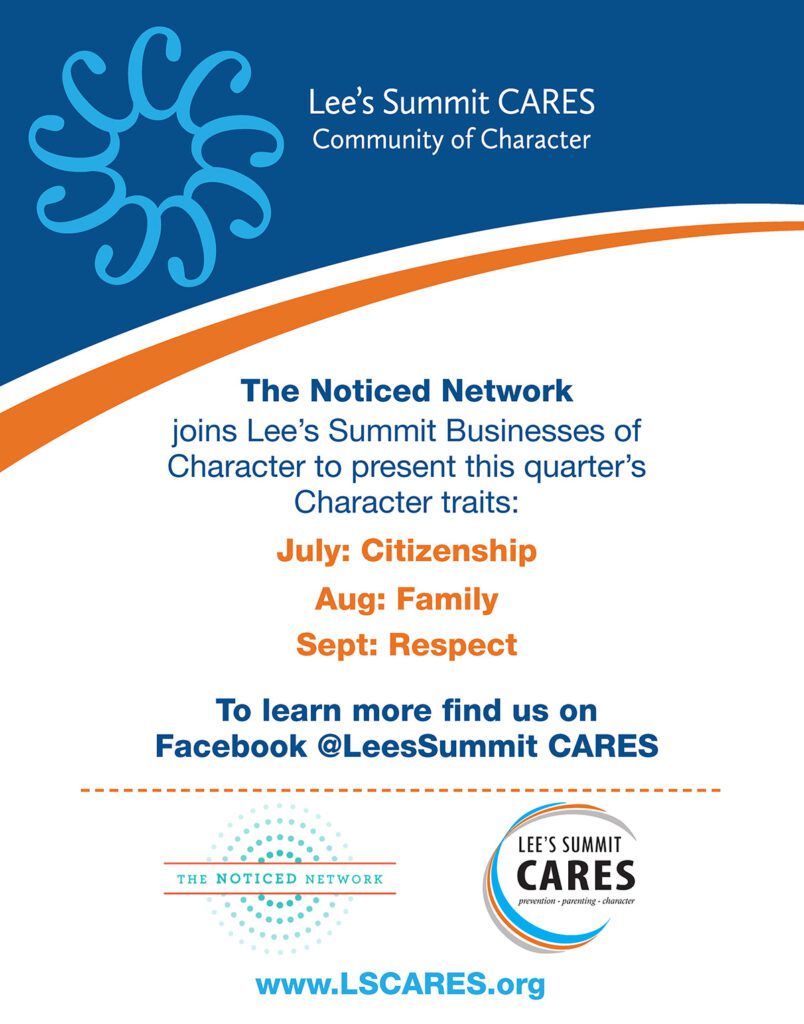By: Rick McDowell
Lee’s Summit Economic Dev. Council
Manufacturers are having a difficult time finding workers due to an increase in technology, which is changing the skills required for jobs. That is according to a 2018 skills gap study from Deloitte Insights and the Manufacturing Institute, which surveyed more than 400 U.S. manufacturers. Some may find it surprising that manufacturing would be dependent on a technologically trained workforce, but it is not a unique phenomenon. From manufacturing to healthcare, employers are adjusting to the new workforce requirements that technology is putting on their businesses.
Creative Blow Mold Tooling is a Lee’s Summit company that uses a variety of computerized milling and computer numerical control machines to make plastic molds for manufacturing assembly lines. Its products end up on assembly lines around the world to create the products we buy from store shelves.
“All new technology we invest in will allow us to continue to grow, therefore needing more skilled people,” said Todd Riley, Chief Executive Officer for Creative Blow Mold.
The changes from technological innovation can also be felt in healthcare. The most evident example over the course of the COVID-19 pandemic has been the increase in telehealth delivery.
“We had the technology all along, but it was more of a care delivery change for us. We started doing a lot more virtual visits in specialties and in areas we really never thought we would do it,” said Bobby Olm-Shipman, CEO of Saint Luke’s East.
Both Saint Luke’s East and Lee’s Summit Medical Center said that concerns for the safety of their staff during COVID-19 allowed them to rethink their use of virtual visits. Lee’s Summit Medical Center said it had been focusing on telehealth in the years leading up to COVID-19, but now it has 81 telehealth programs.
“In April and May 2020, we initiated 30 inpatient telehealth programs, brought 110 additional devices online and trained nearly 500 providers on using the technology throughout our KC area HCA Midwest Health facilities,” said John McDonald, CEO of Lee’s Summit Medical Center.
In addition to an increased telehealth presence, healthcare has seen an increase in the implementation of robotics and artificial intelligence technology, which has increased the demand for need skilled workers to install and service the technology, protect against cyber-attacks, store data, and data analysis.
“What you see in terms of the interaction between the caregiver and the patient. That is just the tip of the pyramid. There is a whole infrastructure sitting behind that to support that,” said Olm-Shipman. “Having well-trained individuals who are competent and who can think, not just about what we can do today, but what we can envision and do tomorrow, those are unique individuals that will be in high-demand in the future .”
In May of this year, HCA Healthcare and Google Cloud announced a partnership to create a new data analytics platform that will help the hospital make informed decisions to promote quality, safety and efficiency.
“With the Google Cloud partnership, there will be some changes and improvements to the care delivery model,” said McDonald. “A higher emphasis on workforce with data and statistical background is needed to support these efforts as we continue to advance our technology to bring the most advanced care into our communities.”
Everyone agrees, the increase in technology is not decreasing the demand for workers, it is just changing the landscape. “Computer skills will always continue to evolve, but there will never be a replacement for hands on work,” said Riley. “For us, it’s more about continuous training rather than re-training. We support continuous training in all segments of our business.”
For healthcare, technology may help ease a workforce pain point. A June 2020 report from the Association of American Medical Colleges projects that the United States will face of a shortage of between 54,100 to 139,000 physicians by 2033. Olm-Shipman said the increased use of technology may allow fewer doctors to see the same number of patients, but it will require an increase in support staff.
“This isn’t really a cost-reduction strategy. This is more of a better, different way of delivering care strategy that hopefully ends up, for the broader healthcare delivery system, being less expensive and more efficient,” said Olm-Shipman.


